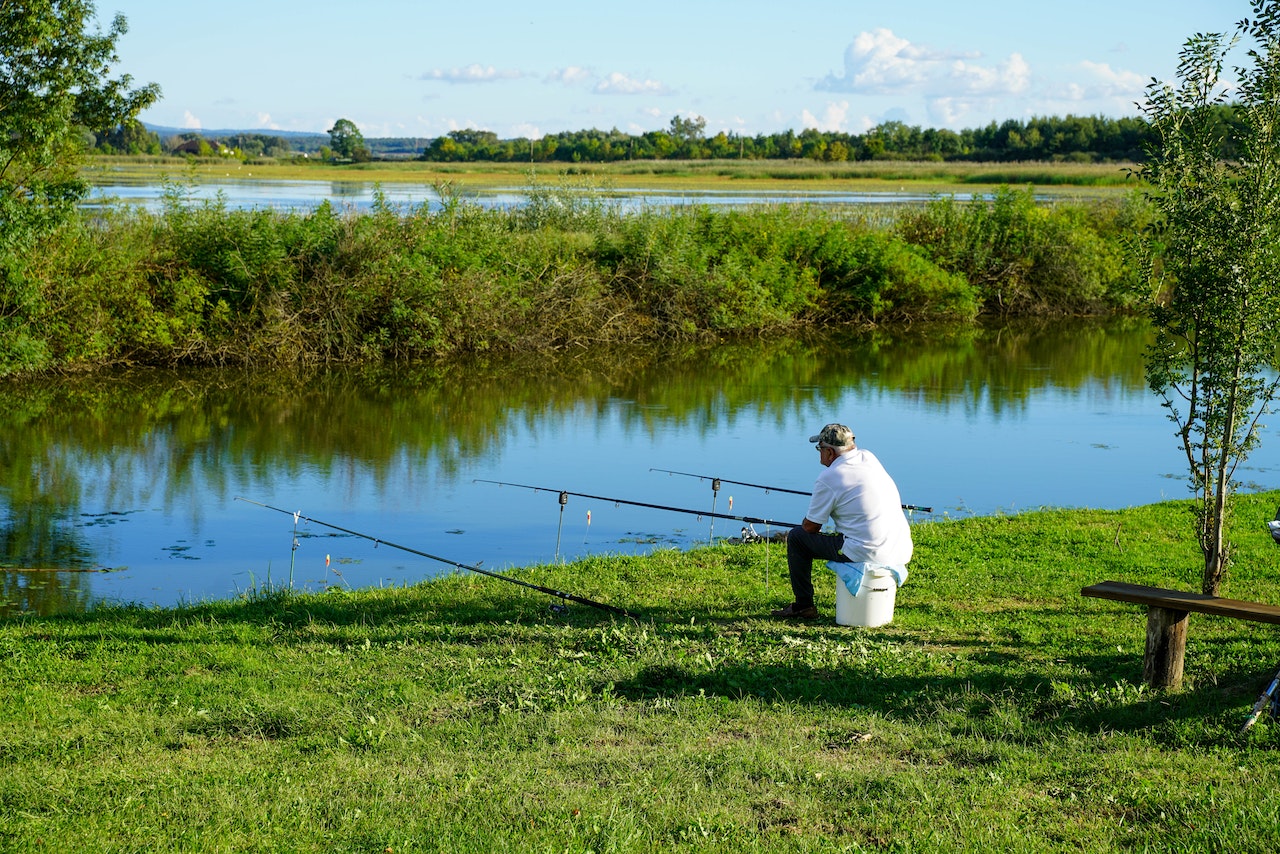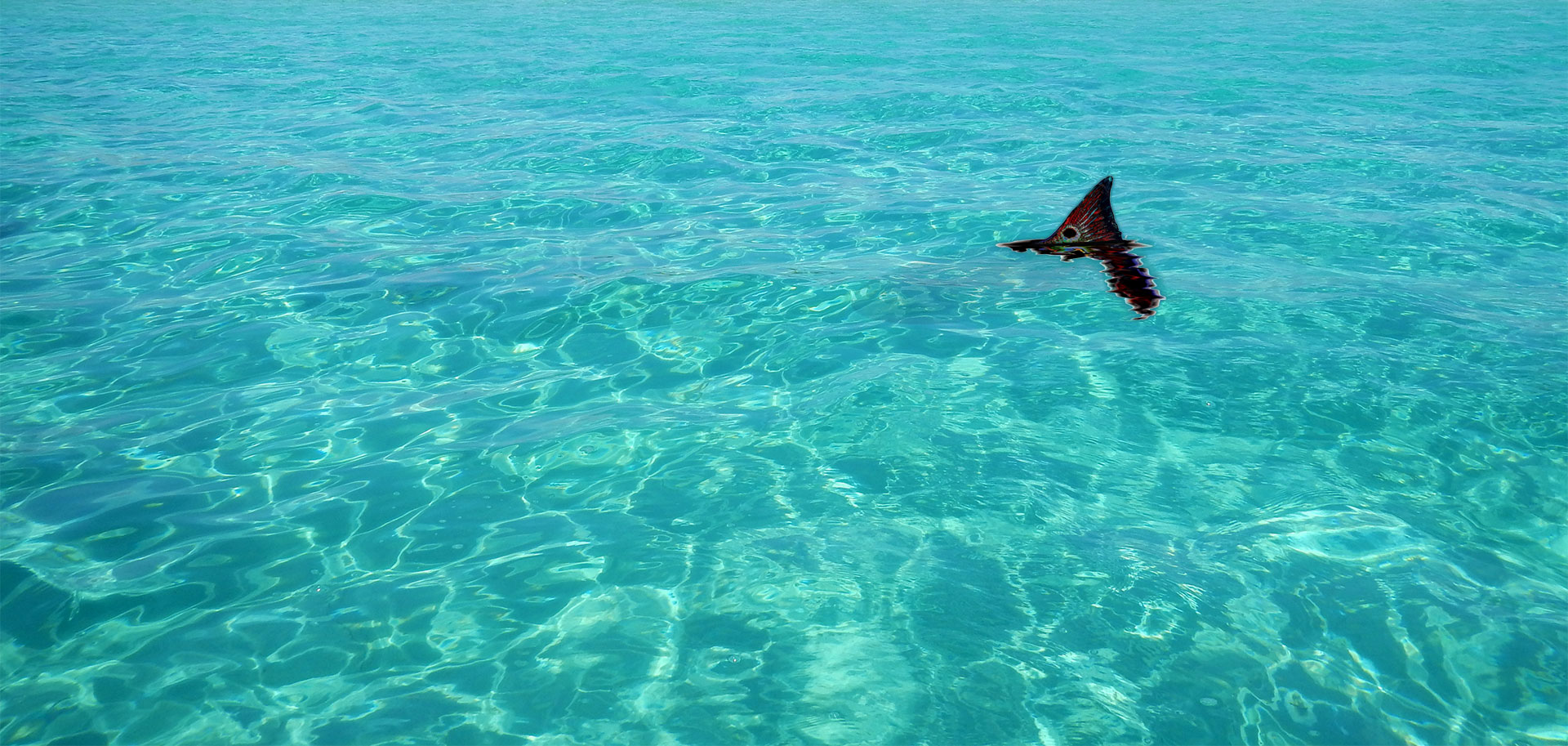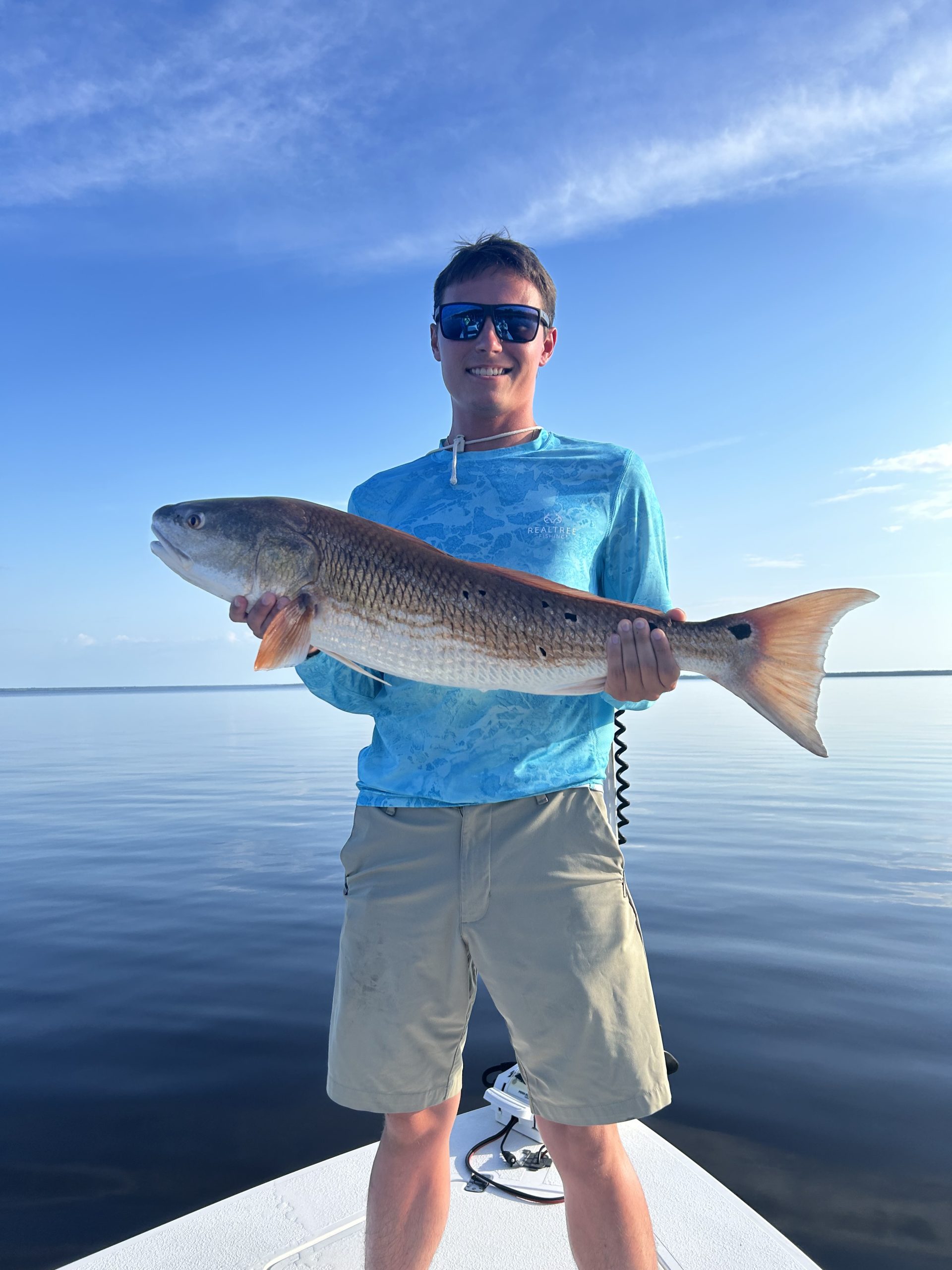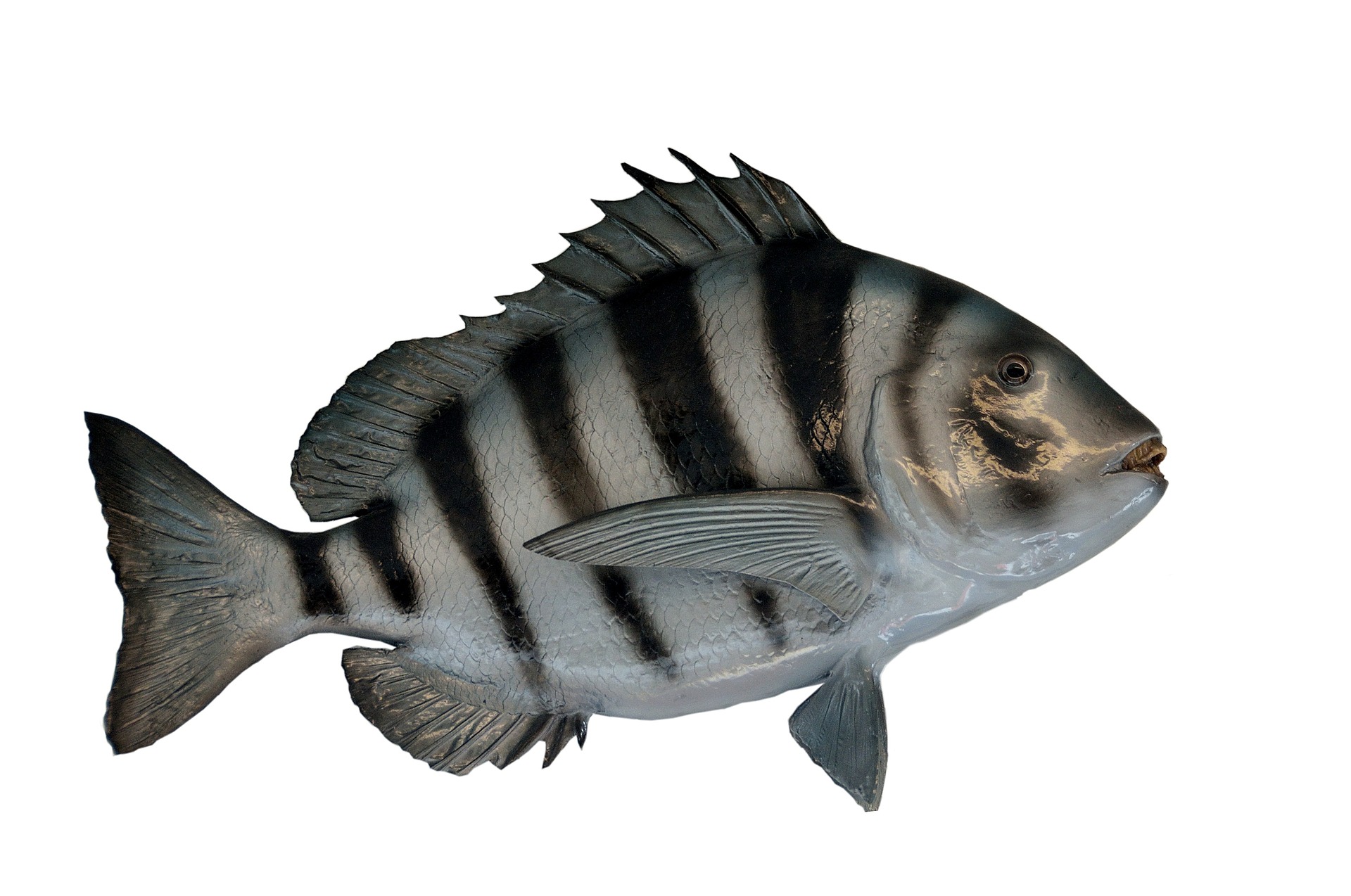
Steps to Attaching a Fishing Line to Your Closed Face Reel
Every angler has used a closed face reel at some point in their fishing career. Another name for it is a push button reel. They are among the easiest reels to pick up and handle and are good at handling fish.
Fishing might be challenging because so many reel selections are available. If you’ve never fished before, a closed reel or closed face fishing pole combination is a great place to start.
The sections below cover the procedures for changing your fishing line.
Which Line Is Best for a Closed Face Reel?
Monofilament line is typically used on closed face reels, and ten or fewer test pounds are typical. Use a fluorocarbon line if you want to. The newest hot commodity in clear water fishing is fluorocarbon.
Once it enters the water, it almost becomes invisible. It is slightly thinner and more difficult to use than the monofilament line.
Most closed face reels can manage fluorocarbon line up to a 12-pound test, which is perfect for jigging.
The last resort would be a braided line. It is designed for use with barrel and fly-fishing reels. On a closed face reel, casting is more challenging.
The following instructions will show you how to add or replace the line on a drum.
Step One
Take the cover off. Holding the line handle in place will prevent it from turning. Turn the cover clockwise with your free hand before doing the opposite.
Most coverings are made of thin metal or plastic, so be gentle. You can see the drum or spool when the lid is removed.
Step Two
If there is an old line, remove it. Visually check the spool for debris, such as sand, after removing the line. The reel should be spotless if it is brand new. Wipe any debris carefully with a paper towel.
Always strive to keep your gear in good condition as an angler. This entails cleaning as required.
Step Three
Rewind the line. There are two ways to do this. The ideal method is to pass the line’s end through each of the pole’s eyes.
Doing it this way can avoid knots and prevent the line from twisting and spinning back on itself. The alternative is to let the line spool sway randomly simply.
Step Four
You carefully spin the reel handle clockwise to wind the line onto the spool or drum after tying the line to the spool. It is full when the line is between one-fourth and one-eighth of an inch from the top of the spool.
Pre-marking the spool’s top with a Sharpie pen is useful. Cut enough of the line when the reel is full to allow you to reach back from the tip to the reel.
When you go fishing, you will use the additional line to tie your leaders to.
Step Five
Reinstall the lid of the reel gently. To thread the cover onto the reel, slowly turn it clockwise while holding the reel handle.
Cross-threading the cover must be avoided at all costs. Take it off and try again if it feels like it won’t go on. The threads can be tricky to align.
Conclusion
That’s it! You’re now ready to start fishing with your new line. Just keep in mind to monitor the line and reel in as necessary.
Also, check the Florida fishing guidelines before you go fishing. Some locations are inaccessible, and some fish species are endangered. For this reason, it’s best to consult with experts in the area.
Experience inshore fishing charters in Pensacola and surrounding areas with Showintail Inshore Charters! We offer fun and family-friendly inshore fishing trips in Navarre Beach, Florida, Pensacola, Destin, and Gulf Breeze. Choose your package now!






No Comments
Sorry, the comment form is closed at this time.